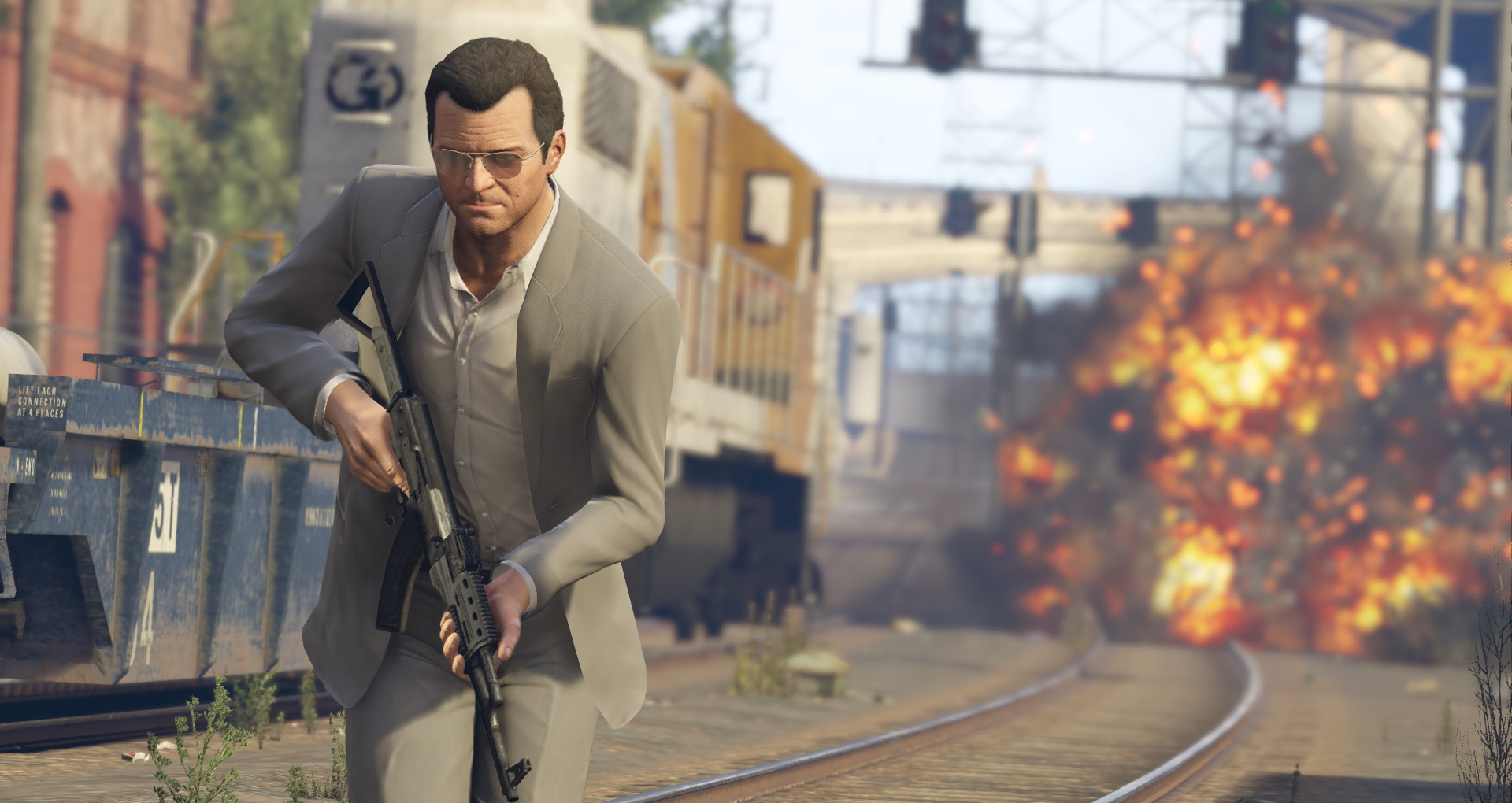Remakes, remasters and re-releases: are they always justified?
'Deluxe Edition', 'Complete Edition', 'HD Remaster' - theဣse days it seems like it's impossible to browse through the new release listings without tripping over handfuls of pre-existing titles that have been repackaged in one form or another. So far, a s🔴ignificant chunk of the new-gen's most highly-anticipated games have been re-releases, remakes or remasters of successful games from years gone by. But why do we have such a fascination with games we've already played, and is it always healthy for the industry?

Naturally, a substantial part of the reason that retreads are so popular is good old nostalgia. If sites like GOG.com have proved anything, 🌃it's that we just can't resist going back to the games of our youth, despite a comparative lack of finesse. Getting to play these classic titles on our shiny new consoles with HD paint-jobs, however, can oft𝕴en be nothing short of magnificent.
It's a winning formula for publishers as well; release🅷 an updated version of a beloved franchise, and the existing fan-base will be there to provide a solid block of virtually guaranteed sales. Not only that, but the long and costly processes of character design, dialogue scripting and story writing are all taken care of before production even starts, which can make the turnaround on some remakes incredibly rapid.

The proliferation of re-released games has created some truly fantastic trends, particularly recently. One of the most richly-deserved and long-overdue remakes came out earlier this month in the form of 澳洲幸运5开奖号码历史查询:Grim Fandango, to the utter delight of fans. 澳洲幸运5开奖号码历史查询:Resident Evil and Oddworld: Abe's Oddysee remasters only further prove that gamers are currently being ꦚspoilt rotten in terms of genre-defining titles getting next-gen visual ove✅rhauls.
It's also a great opportunity to pass on the medium's collective knowledge and experience. Re-releases of seminal games like Grim Fandango let a new generation enjoy the same experiences that shaped us, or allow those that missed out the first time to see what all the fuss is🎐 about. In a medium that's got as short a memory as this one, it's important to ensure🤪 that we don't forget our triumphs, and the lessons we can learn from them.

Of course, it's not all bygone masterpieces being brought back to life by teams of passionate fans. Unfortunately, some re-releases are of more questionable merit, with The Last of Us being a superb illustration. Released on the PS4, 澳洲幸运5开奖号码历史查询:The Last of Us Remastered debuted almost exactly 13 months after the original. While it garnered heaps of praise, a slight gr💧aphical tune-up and a little included DLC is hardly a justified excuse for charging a further $50 so soon after customers bought the original.
2013’s 澳洲幸运5开奖号码历史查询:Tomb Raider pulled a similar stunt with its 'definitive edition' for next-gen consoles. The game was already lauded for its stunning graphics (including the utterly ridiculous TressFX hair physics engine), but then less than a year later, Crystal Dynamics charged full price for a visually upgraded version, just in case you wanted a creepily-detailed view of Lara's individual pores. No one's experience with Tomb Raider was soured by inadequate graphics, so why waste time polishing an excellent feature? Perhaps those new to console gaming didn’t play either TLOU or Tomb Raide🌄r on 360 / PS3, but that seems a hollow argument when you consider the majority of early console adopters are ‘hardcore gamers’.
Sign up to the GamesRadar+ Newsletter
Weekly𒅌 digests, tales from the c♊ommunities you love, and more

Some recent HD re-releases, on the other hand, have knocked it out of the park. GTA 5's Xbox One and PS4 reissue was another already-beautiful game that received a high-definition makeover, but the thing that allowed it to stand on its own as a separate title to its progenitor was the addition of a first-person🅷 mode. Suddenly, the traditionally third-person title had changed, and you were the psychotic thug stealing cars, murdering bystanders and engagi🐭ng prostitutes. It added an entirely new dimension to the game, creating a new, unique experience for re-players in the process.
When considering a re-release, developers should be able to answer two questions: firstly, is the original still playable? Older games like Grim Fandango that are difficult to find or impossible to run on newer systems are perfect candidates for a remake for this reason - getting games from the 9ܫ0s to function on current-gen PC's is difficult as it is, and backwards-compatibility on consoles has been jettisoned altogether.
However, the second question is more tricky. If the original is ꦜstill playable, why would someone want to own both? In this case, the name of the game is added gameplay value, and not 26% sharper fabric textures. It's worth bearing in mind that the absolute bleeding-edge of graphics might not always be the most important thing in an industry where Minecraft routinely outsells pretty much everything else.

The mark of a bad remake is when it can't answer either of these questions; these are the titles that exist to satisfy a balance sheet, rather than to satisfy a creative urge. Remakes should be born out of love, either from fans or from creators and in an ideal world, from both. If a remake doesn't create a sense of excitement in its players, or a joy to revisit a much-beloved world, then it ha♔s no business existing.
Remakes and re-releases can be slippery beasts. Even with platforms like Steam, a ga☂me's success is still heavily tied to openℱing-week sales, and the prospect of a second chance at a first launch must seem incredibly tempting. However, go about it the wrong way, and you end up with Dungeon Keeper. A good remaster is like a fine wine: carefully crafted, subtle, and best aged by at least ten years.


